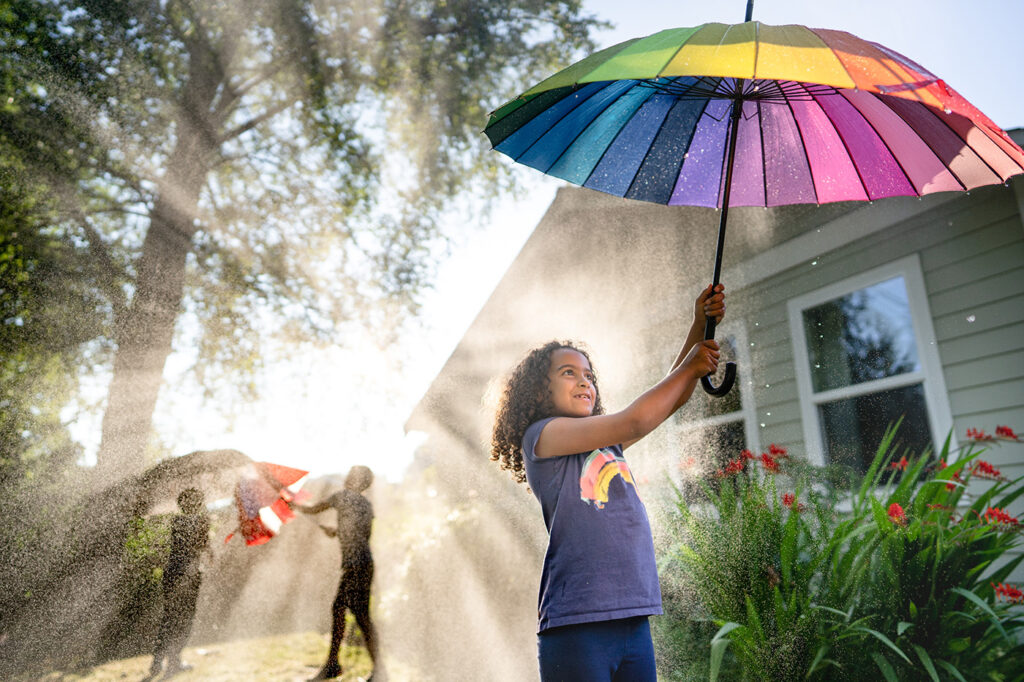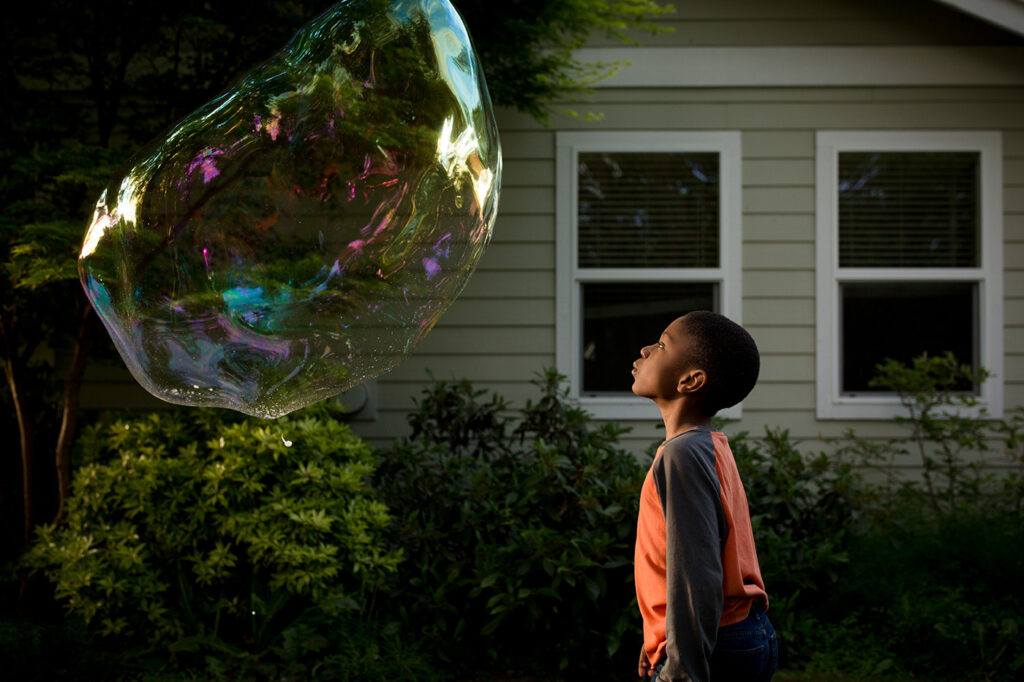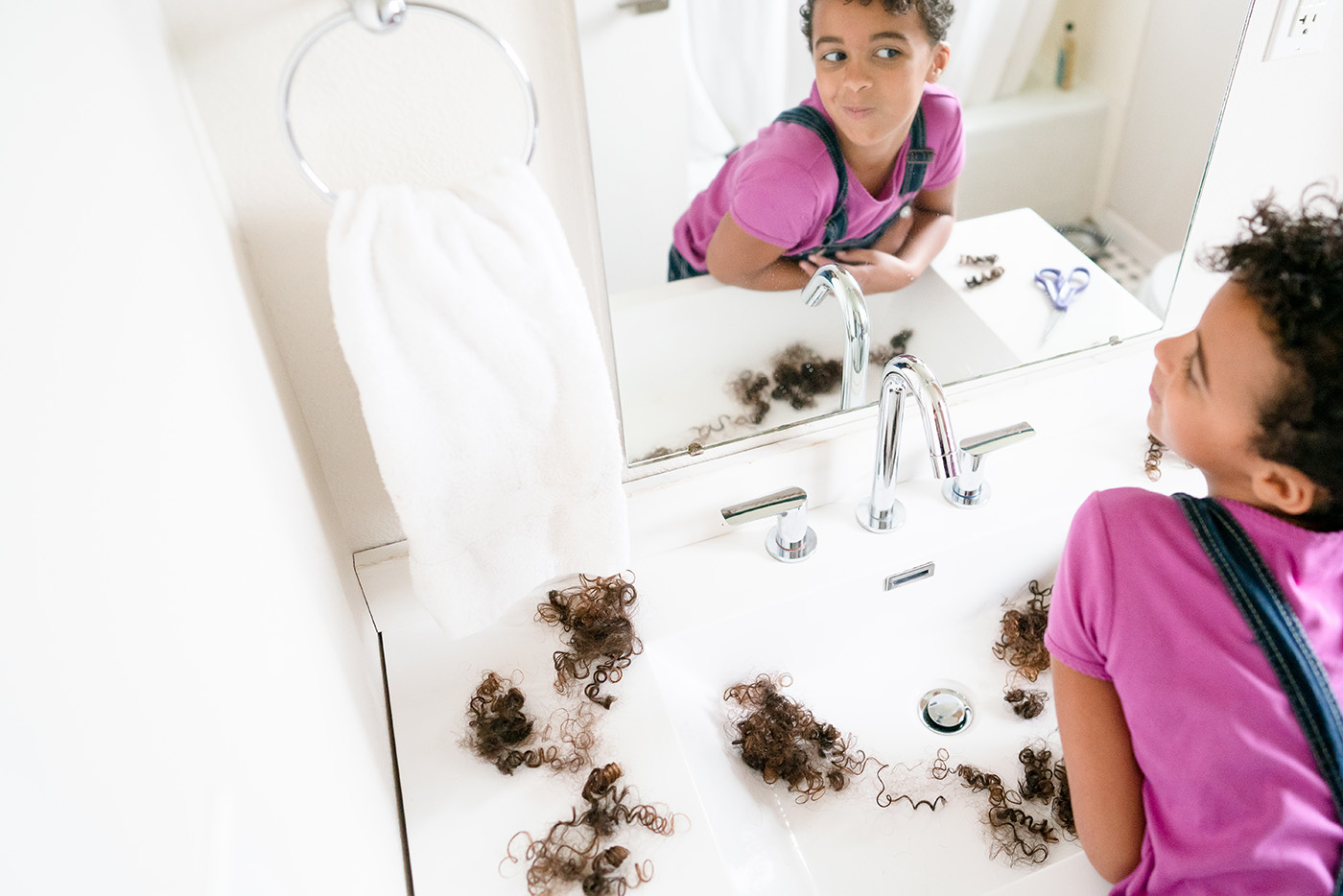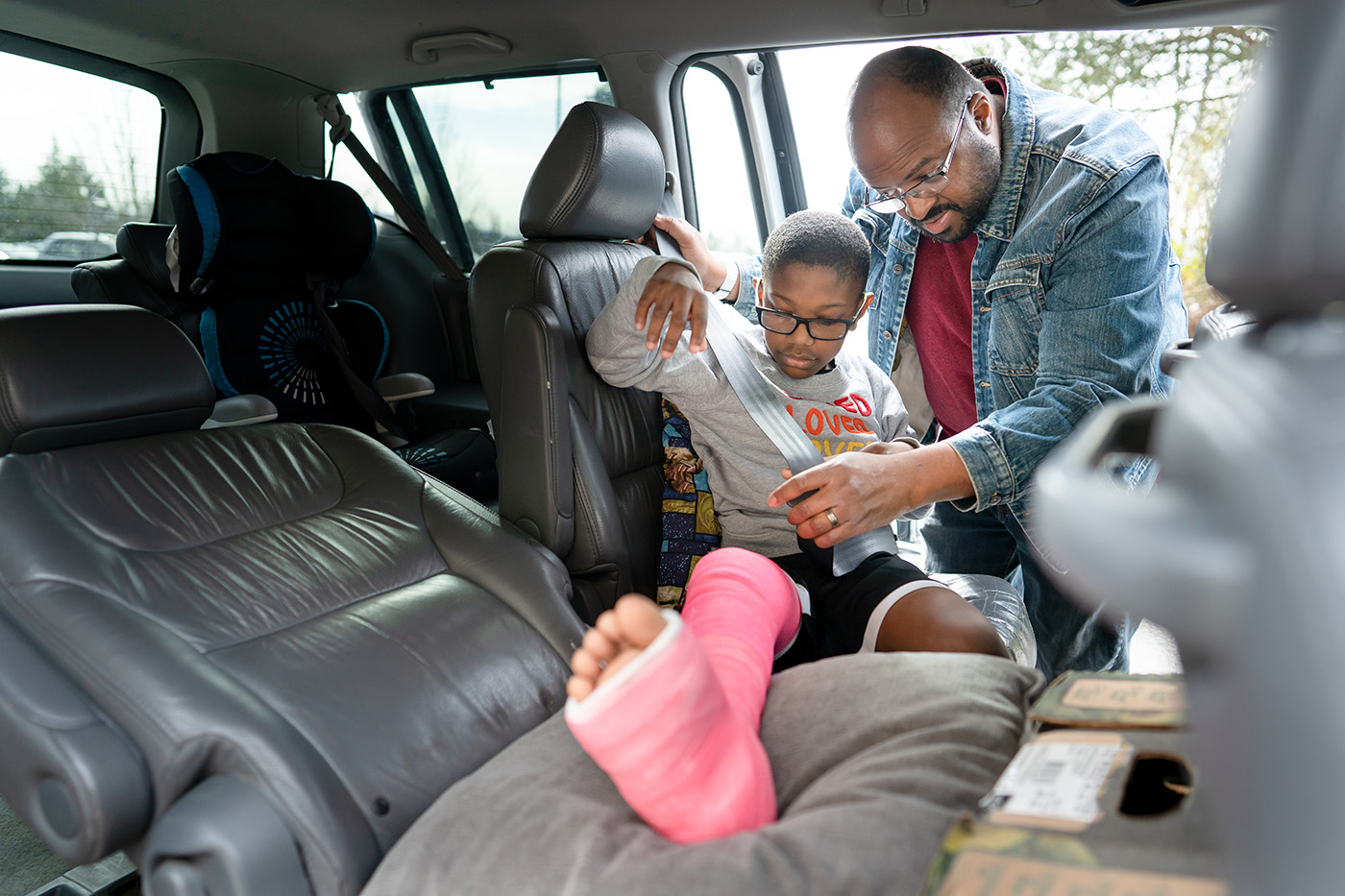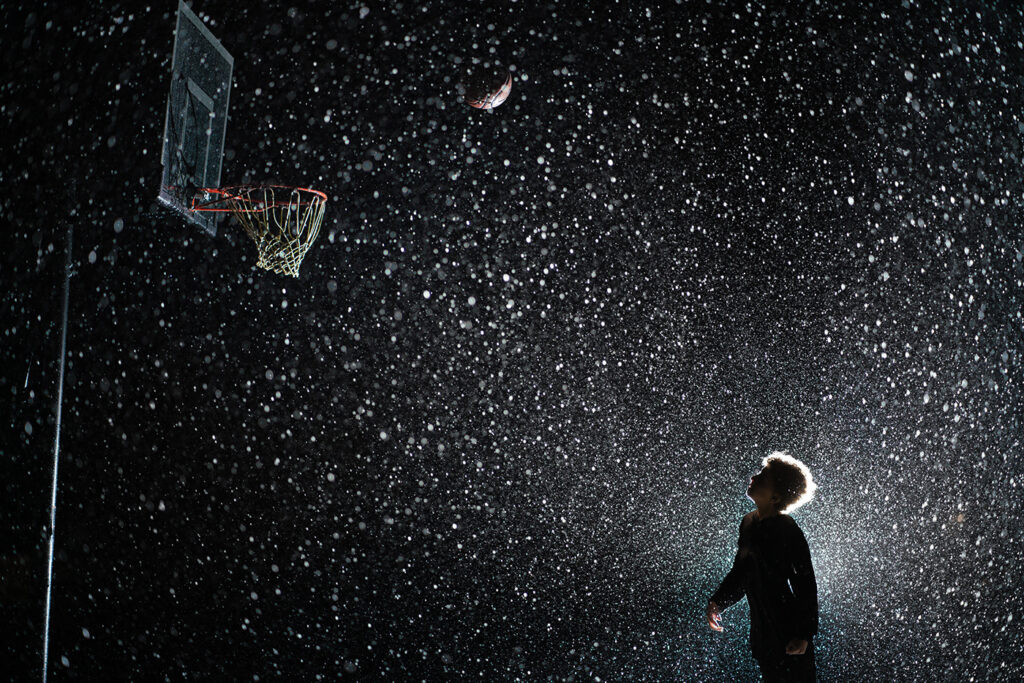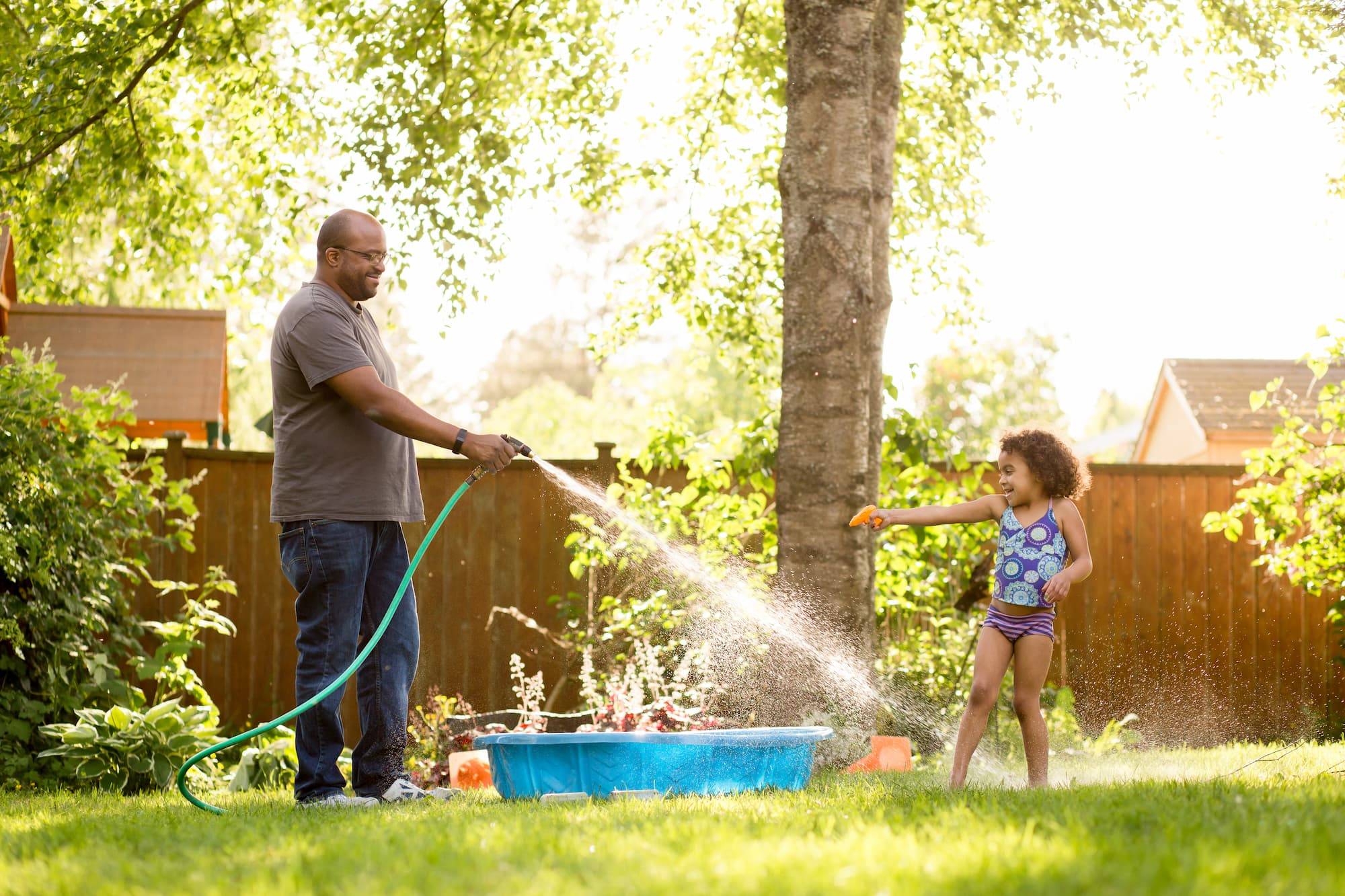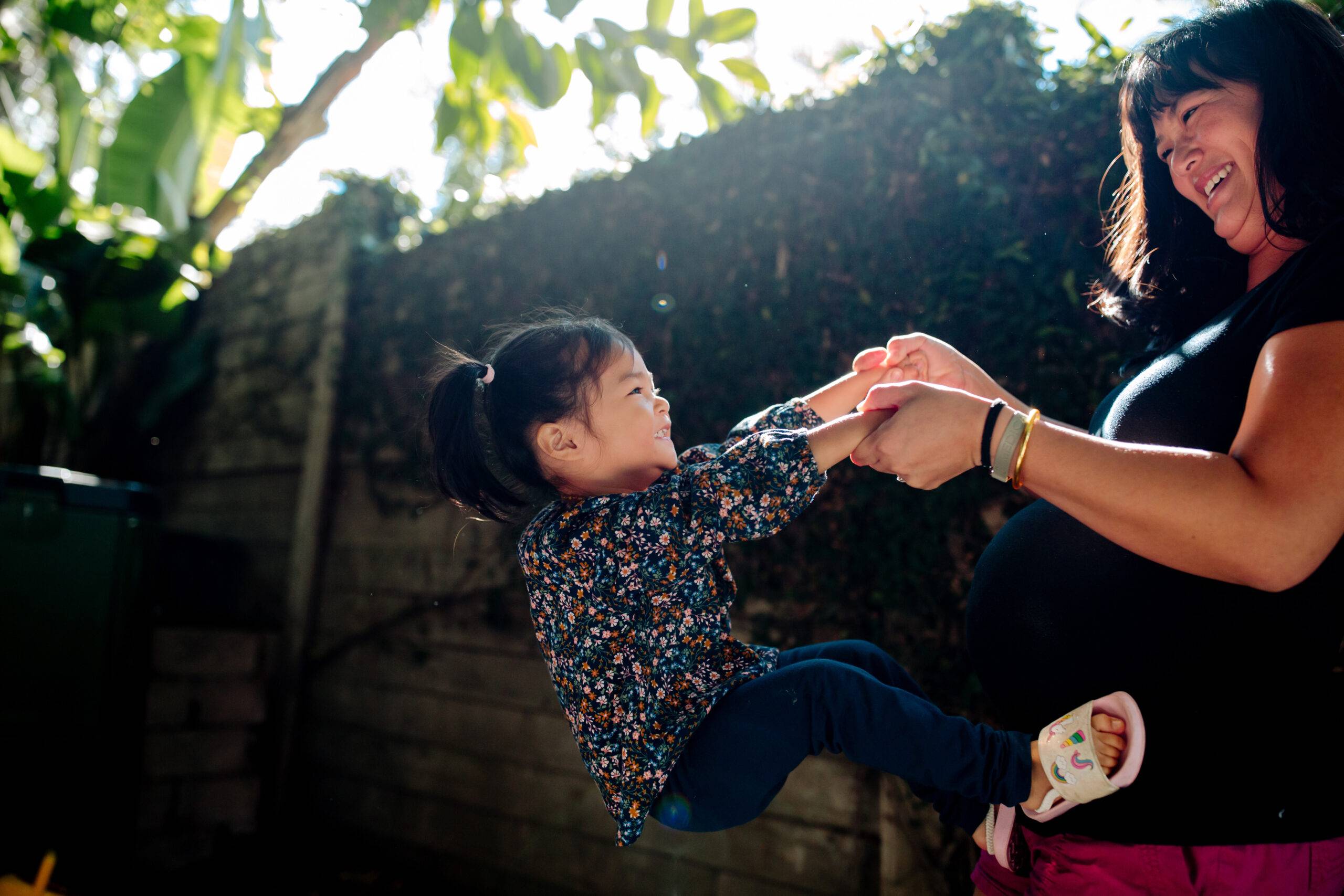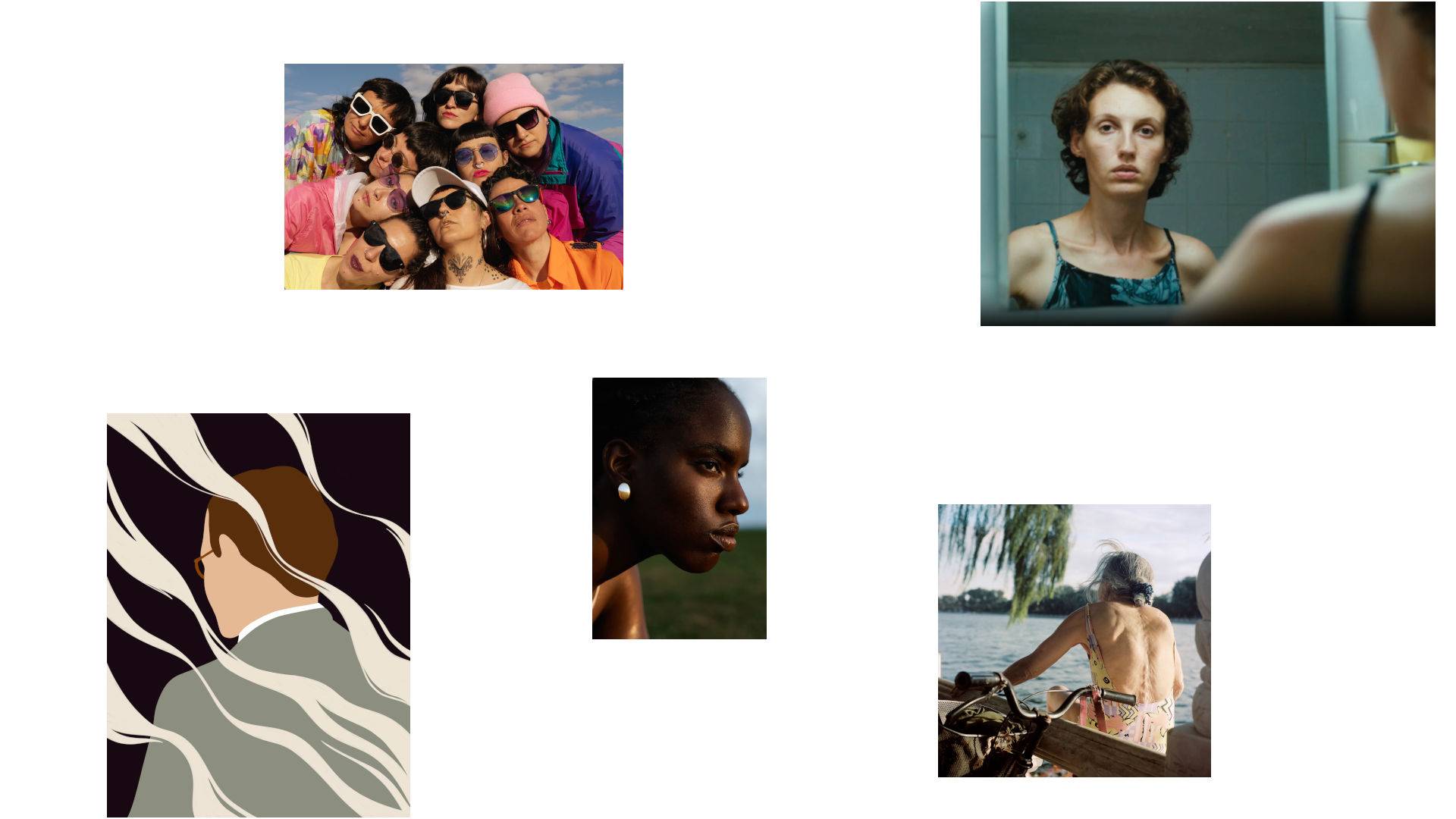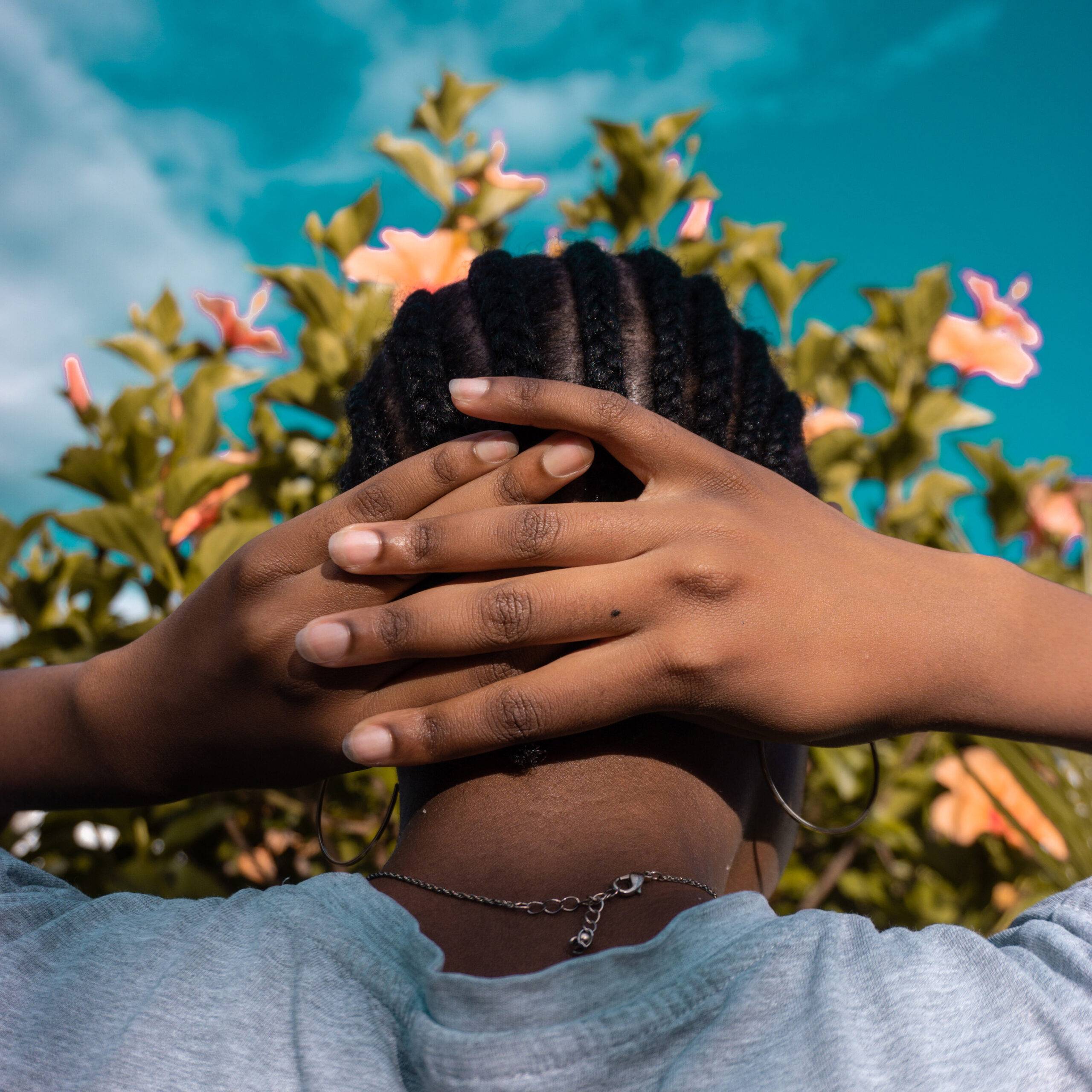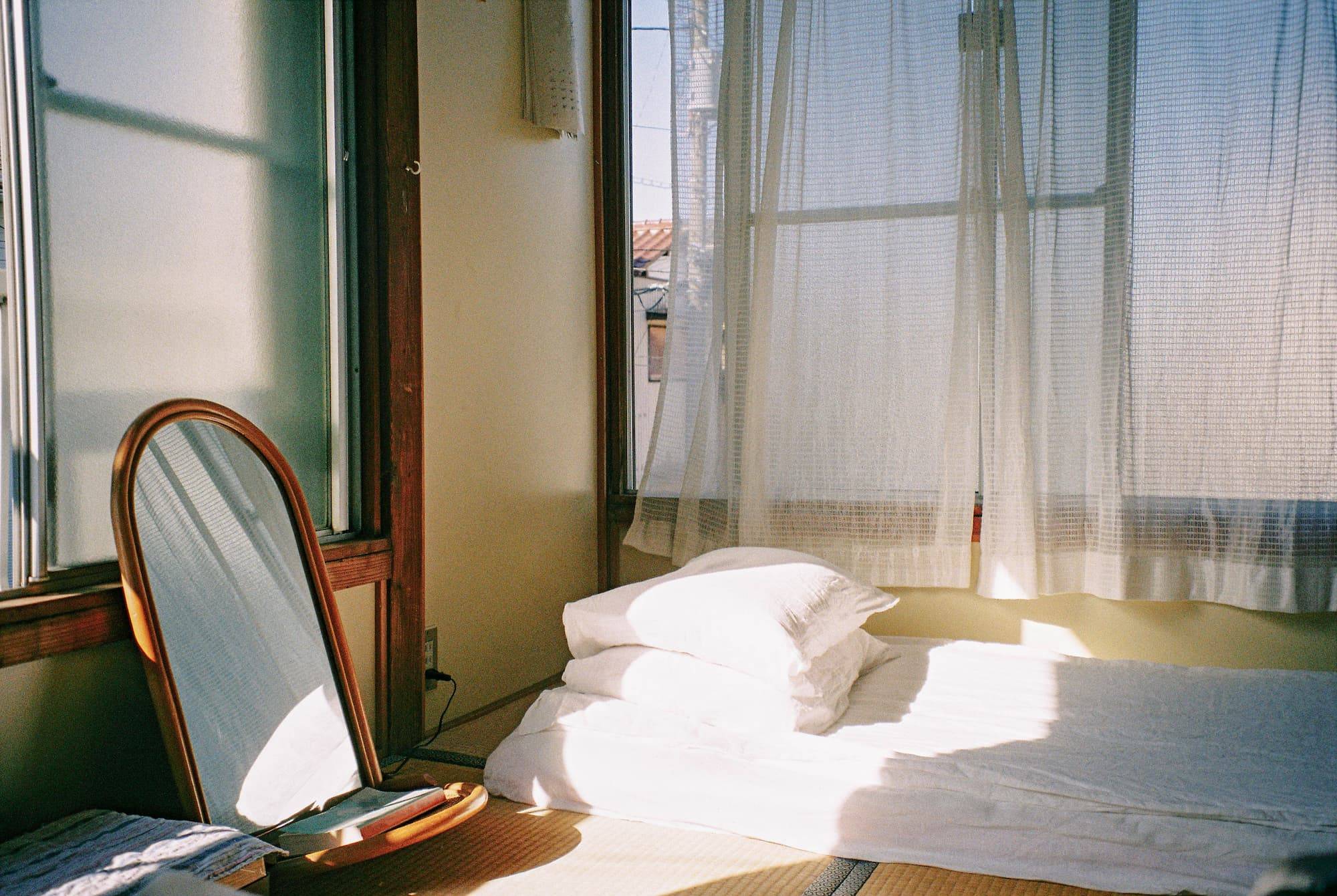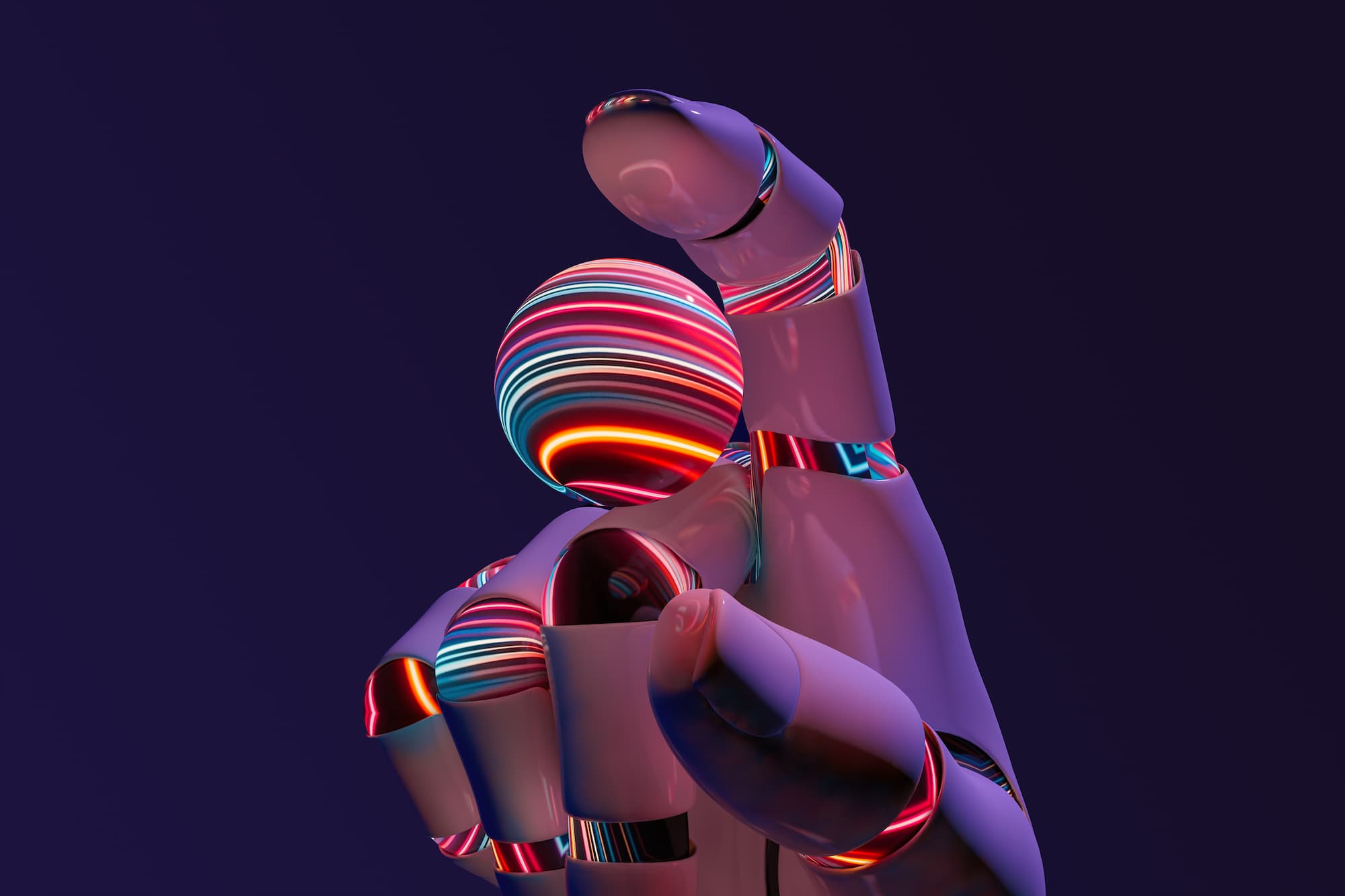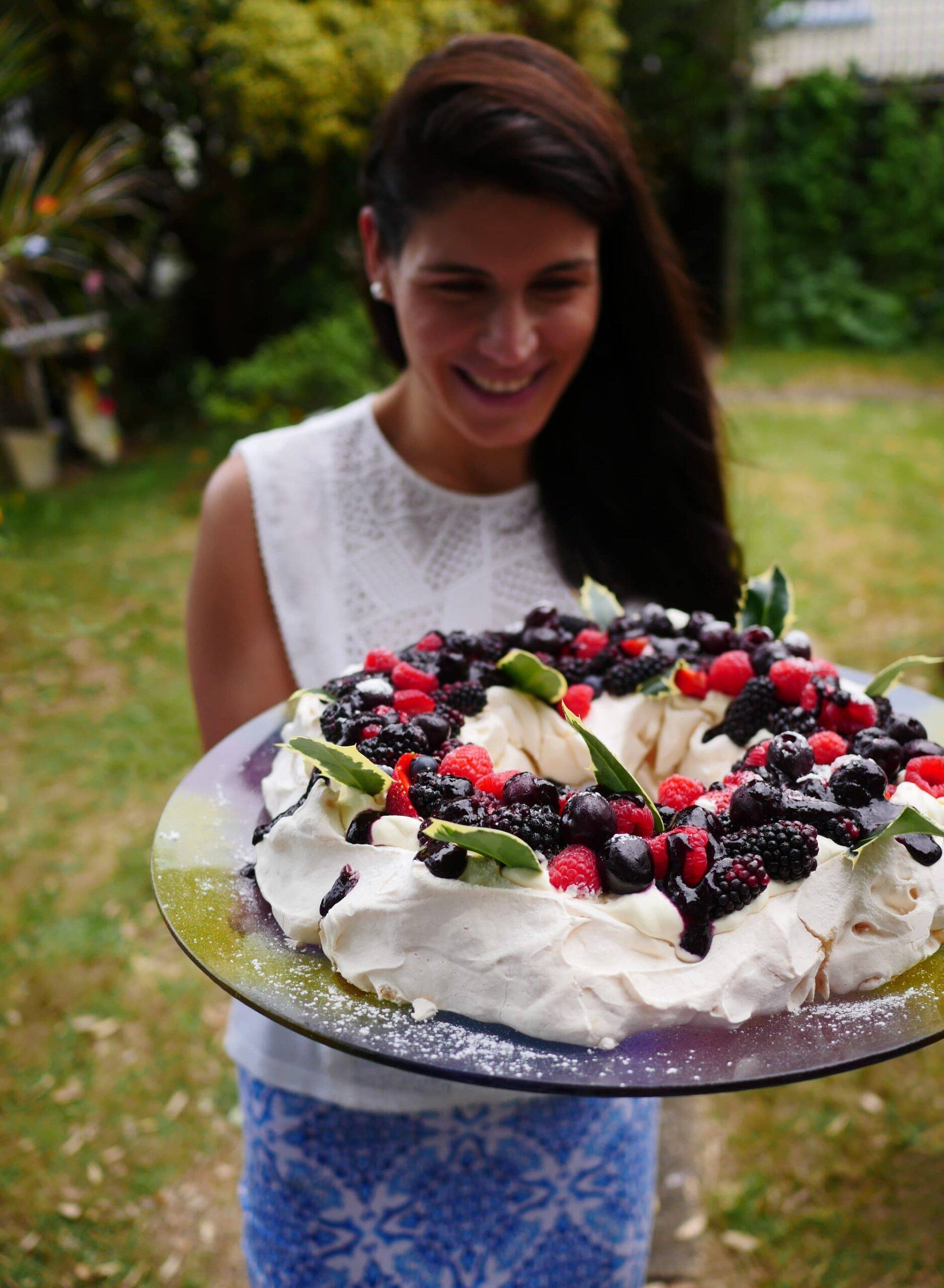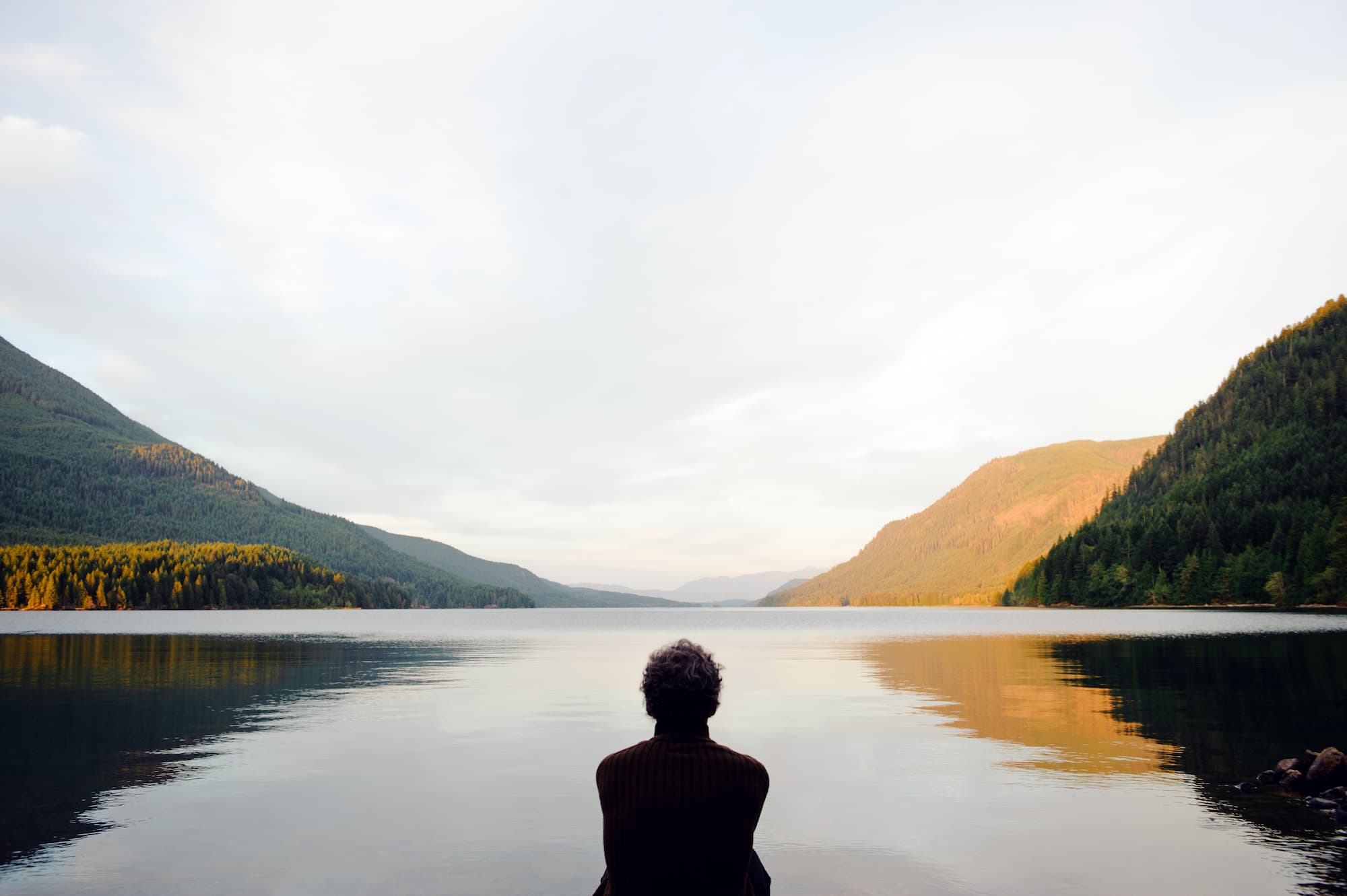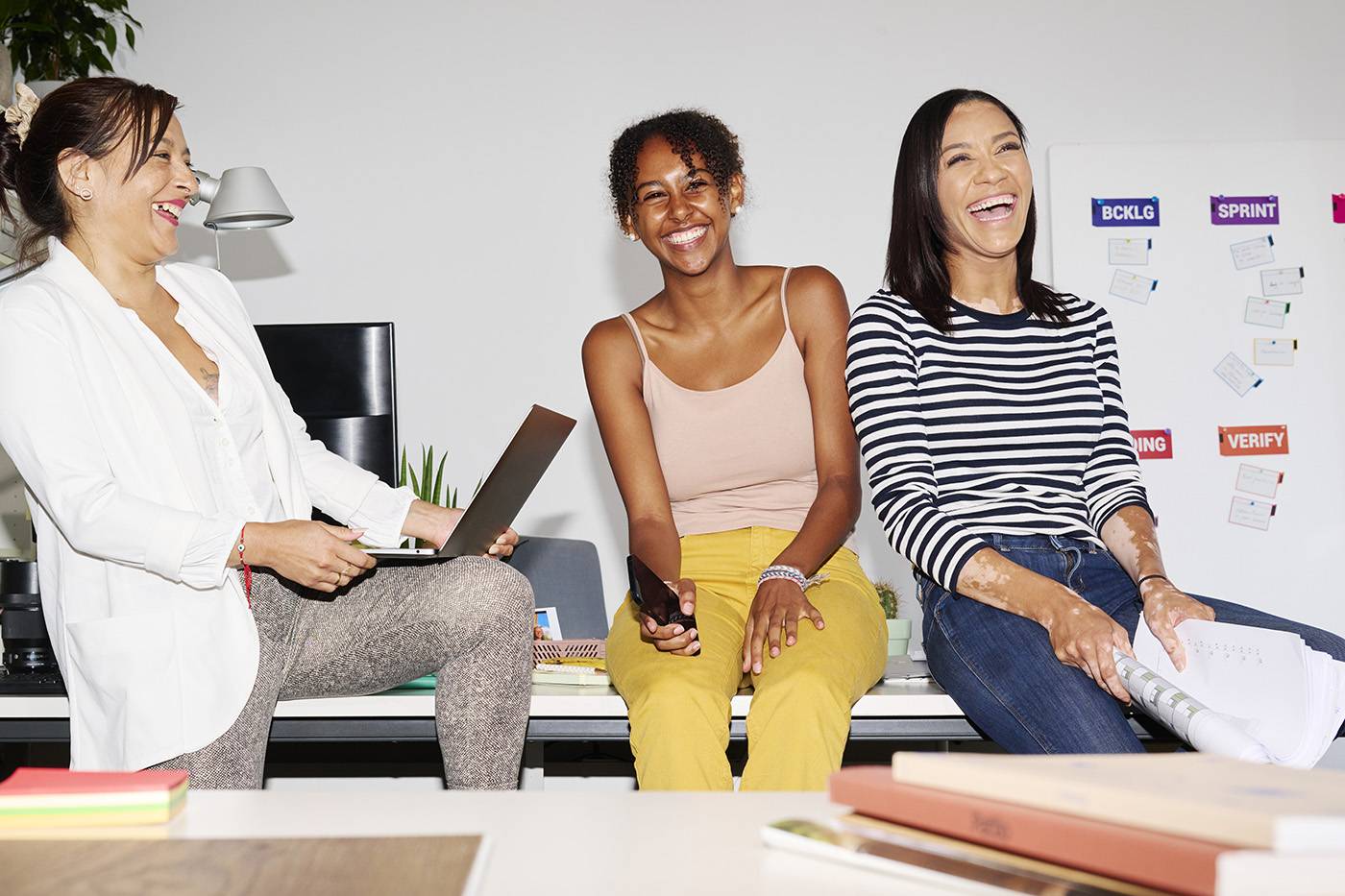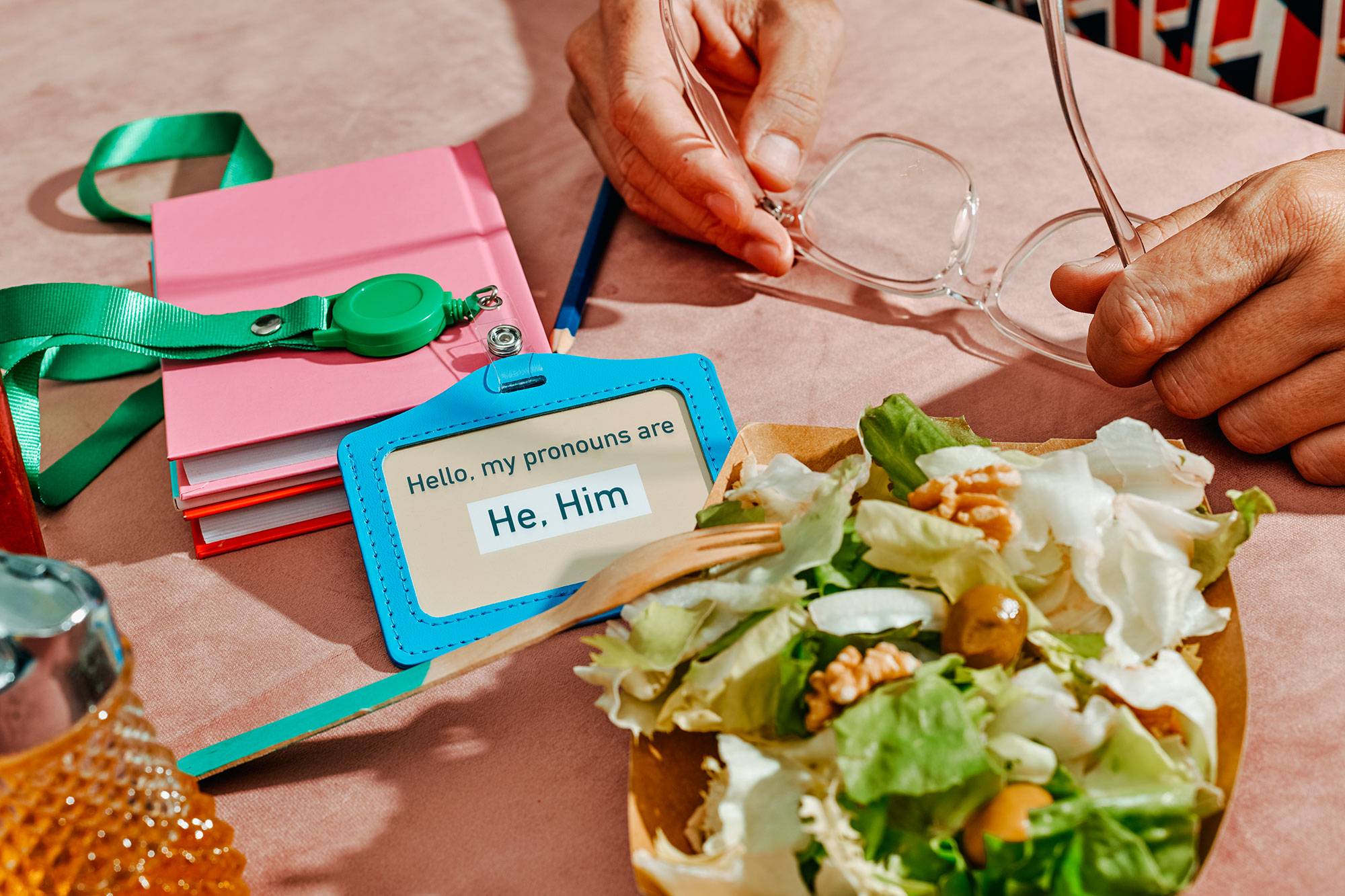We interviewed Stocksy Contributor Jennifer Bogle about her experience as a photographer capturing authentic family life and what it means to be Costco famous.
Looking at your portfolio and your social media we see a constant stream of creative activities. What role does creativity play in your daily life besides being a creative yourself?
I grew up in a “don’t mix the play dough colors” household and while I did a lot of fun things, they weren’t really “creative” things. Once I finished school though I definitely became a project person. I just feel better if I’m working on a project.
My family now is just full of creativity. My husband draws. My daughter is an artist who I keep supplied with raw materials and opportunities for creating. My oldest has an amazing eye for light and details. My middle child is just like I was as a kid and would rather not try anything that isn’t guaranteed to be an instant success. But he’s also like me in that he’s happier when actively working on something.
So I routinely drag us all into projects that are over our heads in varying degrees—like building a playhouse—and just preach a “google and try” motto. I’m trying to keep them from wasting their first few decades of life being afraid to try things they aren’t instantly good at.
Sometimes after a rough project day, I wonder if they hate it but then my husband texts that my teen who moped through building a playhouse wall is proudly telling the barber about the house he built, and I talk about needing to hire a builder for something and my kid gives me side-eye and says “we’re builders, we can do that.”
With such a creative family do they play a role in the planning of shoots when it comes to picking subjects and themes? Do any of them show any interest in photography as well?
So far I’m the driving force for any of the more organized shoots. But often one of the kids will come up with a really fun activity and it evolves into a shoot. They are all old enough to recognize that if stock photos are involved, I will up the ante in terms of better supplies or working on a slightly outrageous scale. Like painting a mural on the garage door.
Recently my daughter wanted to chop off her long curly hair, just to try a new style. I offered to let her cut it all off herself for a stock session. We borrowed a photogenic bathroom, and she chopped off her own hair before we headed to the salon for the cleanup. She felt like the queen of the world. And I got priceless photos of that very real powerful moment for her.
My portfolio has a lot of more organized sessions, but these many of our daily life photos are just me photographing the random things we do, and sometimes “sessions” just evolve. I was pressure washing the swing in the yard one afternoon and blasted water into the air to let it rain on the kids. They thought it looked amazing and ran inside to grab their umbrellas. I shot a whole magical series of them dancing in the mist with the sun filtering through. I try for less “mom makes us do stuff to take photos” and more “we do fun stuff and mom is usually standing there with her camera.” They just ignore me and I compose and wait for things to happen.
I don’t know if I have any budding photographers quite yet. Everyone has a camera and they all have a great eye for light—especially my oldest—but interest comes and goes.
How did you get started with stock photography? And what made you decide to recently join Stocksy?
Several years ago I was invited to join a new stock agency. I had a full-time job and small portrait business, but the business wasn’t fitting well into my life. It wasn’t financially worth the time I was putting into it, and I wasn’t photographing my own family as much or as well.
A few close friends happily transitioned to being stock photo models and I mostly quit the portrait business. I love the freedom to photograph who and what and how I want.
I have all the admiration for professional photographers, but photography will always be a side business for me and I have to put pretty strong time and energy boundaries on the business end of things. Stock fits well inside those boundaries and lets me participate in all the parts of photography that I love. I can work hard at it for a season—like transitioning a portfolio—and then back off when other things need my focus.
For years I’ve heard great things about Stocksy’s communication with artists. I also got the impression that Stocksy was going to be a better style fit for me. I had gotten used to not bothering to submit my favorite quirky images because I knew they wouldn’t make the cut. So far, Stocksy has consistently curated my personal favorites. That alone has solidified my choice to move everything here.
Has being a stock photographer influenced how you capture your daily life?
It definitely has in the past, and I had to make the conscious decision to limit that influence. Trying to shoot clean, commercial daily life imagery ended up crowding out what I wanted to shoot. My favorite photo of me as a kid is me as a toddler wearing a diaper and my dad’s boots that came up to my armpits. I decided I didn’t want to routinely curate everyday wardrobes, or ban the favorite neon orange read-a-thon shirt that’s bound to be a childhood favorite memory, just because it wasn’t stock-worthy.
For documenting daily life I photograph what I want to first, and then sometimes I’ll add extra angles and variation to flesh out a set—even if it’s just a few images.
Trips are a great opportunity for stock art and when we vacation we tend to hang out in one location and do the same things for a few days. I’ll pick a few of those outings to be my stock shooting times and ask the kids to wear the stuff that won’t make me tear my hair out editing logos.
That said, I have absolutely left a laughing kid stuck upside down in a washing machine to get my camera for a few photos, but I would have done that even if it wasn’t submitted for stock.
What is your drive behind capturing such a wonderful and detailed slice of life and licensing it through stock libraries?
I like the way that photographing my daily life forces me to really SEE it. To notice the details. Images with layers and a sense of moment to them are the ones I know I’m going to love later. The memories I’m going to love. And I find that if I make photos I love, they tend to speak to other people as well. I know my friend will laugh out loud in recognition at the image of her toddler hanging off the edge of a couch at a gravity-defying angle while she eats carrot sticks. Because it’s all part of the same reality. It belongs in her newborn session images because it’s life at that moment. The details we forget make up so much of our daily reality.
I choose to license personal images first because it’s a way to fund quality gear and pay for extra creative activities. But there are still gaps in representation in stock art. There are times when images of my family have made up an uncomfortably large percentage of search results for some things. I see how my kids react when they see families and people who look like them. It matters to them. So we’re helping fill a few of those gaps.
Your family has a beautifully documented life. How is it for them to be such an integral part of your portfolio? From being in shoots to potentially finding their photos out in the world.
Thank you! So far, everyone is happy to have the photos and happy to be part of the portfolio. They like looking back at photos from trips and hearing the stories that accompany them.
Each child has had what they consider a “famous” moment. Though my son was far more impressed with being on the back of all the cereal boxes and snack items at Costco than my daughter was with being in National Geographic. My middle son wants to know when he gets to be Costco famous.
The kids all have full veto rights on photos. They can refuse to be photographed at all or ask that certain photos not be published. Especially anything with high emotion. They are used to me always having a camera—I don’t ask every time I pick it up—but I have an idea what they do and don’t like photographed.
My son allowed me to take photos of him when he had a broken leg—but also negotiated a percentage of any sale, so feel free to promote those images and he’ll thank you.
I will probably stop using their images as they approach their middle teen years and start to look more like their adult selves. For better or worse, I want them to have control of their adult image in the world.
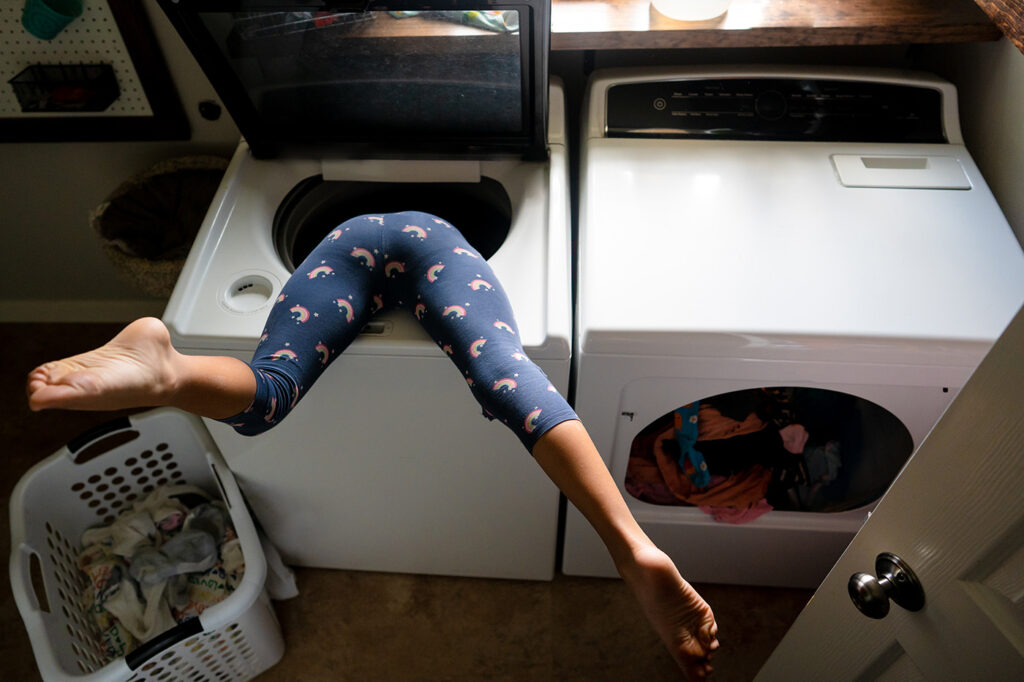
Do you have any hidden talents besides creating your wonderful work?
I can do a few things well, but mostly I attempt many things that I will never practice enough to be truly talented at. I can sew a little—I’ve made a few quilts. I garden a bit. I have some very basic woodworking skills that I’ve used to build a playhouse, garden beds, and about 80% of a greenhouse that I really need to finish, and a little easy furniture.
But the nice thing about being a photographer is that you can take really nice photos of your other mediocre projects.
Are you “always on” or do you need your moments to disconnect to recharge?
Oh gosh no, I definitely have a lot of downtime. My grandpa used to say “deep down, I’m lazy but I figure if I work hard enough, nobody will notice.” My lazy lives a lot closer to the surface than his ever did.
If you need to recharge, how do you normally recharge?
If I’m just burned out on photography, I’ll switch focus to a different creative project. But if I’m tired of making or doing, I’ll happily go into full sloth mode and binge-watch some tv or read. That only lasts so long because I tend to feel better if I “get stuff done.” I just pick something that doesn’t require a lot of creative input or decision making.
What is the one bit of creative advice you wish you knew from the start?
I wish I was just encouraged to try things. Lots of things. Things that I didn’t think were my “thing.” Just try all the things even if you aren’t sure you want to make that kind of work.
Early on I was exposed to one type of photography and a sense that I needed to “find my style” by choosing one and sticking to it, rather than trying a bunch of different things and letting my style develop. As a consequence, I have a year or so of pretty images of my family, but few images of our life. I’ve since learned I want it the other way around.
Fortunately, I had a crappy camera, a dark house, and a small budget so I ended up buying a flash and learning how to use it. That broke me into studying light in some ways I may not have otherwise and led me down the path of experimenting. And I ran across a couple of documentary photographers who broke every rule of pretty clean imagery I had learned and made me want to be them when I grow up.
Creative blocks can happen to everybody, what works for you to get out of them?
Usually, I’ll take a break for a while and then often I’ll just go make a bunch of bad photos. Photos that don’t matter and aren’t intended for any particular purpose. I’ll drag a flash out in the rain or stick it somewhere I’ve never tried (most of my kitchen appliances have had a flash in them). Or pick a terrible location and just make the best possible photo I can in that spot.
I think the act of just making something can get me moving again and make me less resistant to picking up the camera the next time.
Do you have a favorite piece of gear? And why?
Not at the moment, but I have had an on-again-off-again love affair with Fuji x100 series cameras over the years. I think I’ve owned three iterations of them. I love their portability and simplicity. But I get antsy when I own too much gear that doesn’t get regular use, and I end up selling them off and regretting it. My main gear is Sony so over time the Fuji ends up just sitting.
I finally resolved this by finding screaming deals on used Fuji cameras for my kids so I can use them when I get the urge.
Do you have any advice for Contributors just starting out at Stocksy?
With stock in general I’d say my best advice is to submit, submit, submit. The sooner you grow your portfolio, the sooner you’ll see sales. And when you’re shooting for stock, look for variety in angles and perspectives and orientation, even if you think you have THE shot for that moment.
For Stocksy in particular (in my short experience) I’d say to learn to view feedback—returned images, rejected images with explanation—as valuable information. Rejection is tough. But feedback adds value. I know from experience rejection without any feedback is demoralizing.
I’ve had great images rejected at other places and I never knew why. Feedback wasn’t an option. I sent some of the same images to Stocksy and found I’d missed the same small logos in several images. Such a silly error. I corrected it and the images went up. Feedback is a great opportunity to fix problems and then avoid them later.
And then, of course, don’t take style rejections personally. Just because it’s not for Stocksy doesn’t mean it’s not for you. But try submitting it anyway. You never know when it will resonate with someone else.
Discover more of Jennifer Bogle's work
Stocksy is a royalty-free stock media agency specialized in conceptual and authentic visuals that capture the modern world. We are committed to enabling the entire creative class to execute — without compromise — meaningful, forward-thinking work that drives social progress.






